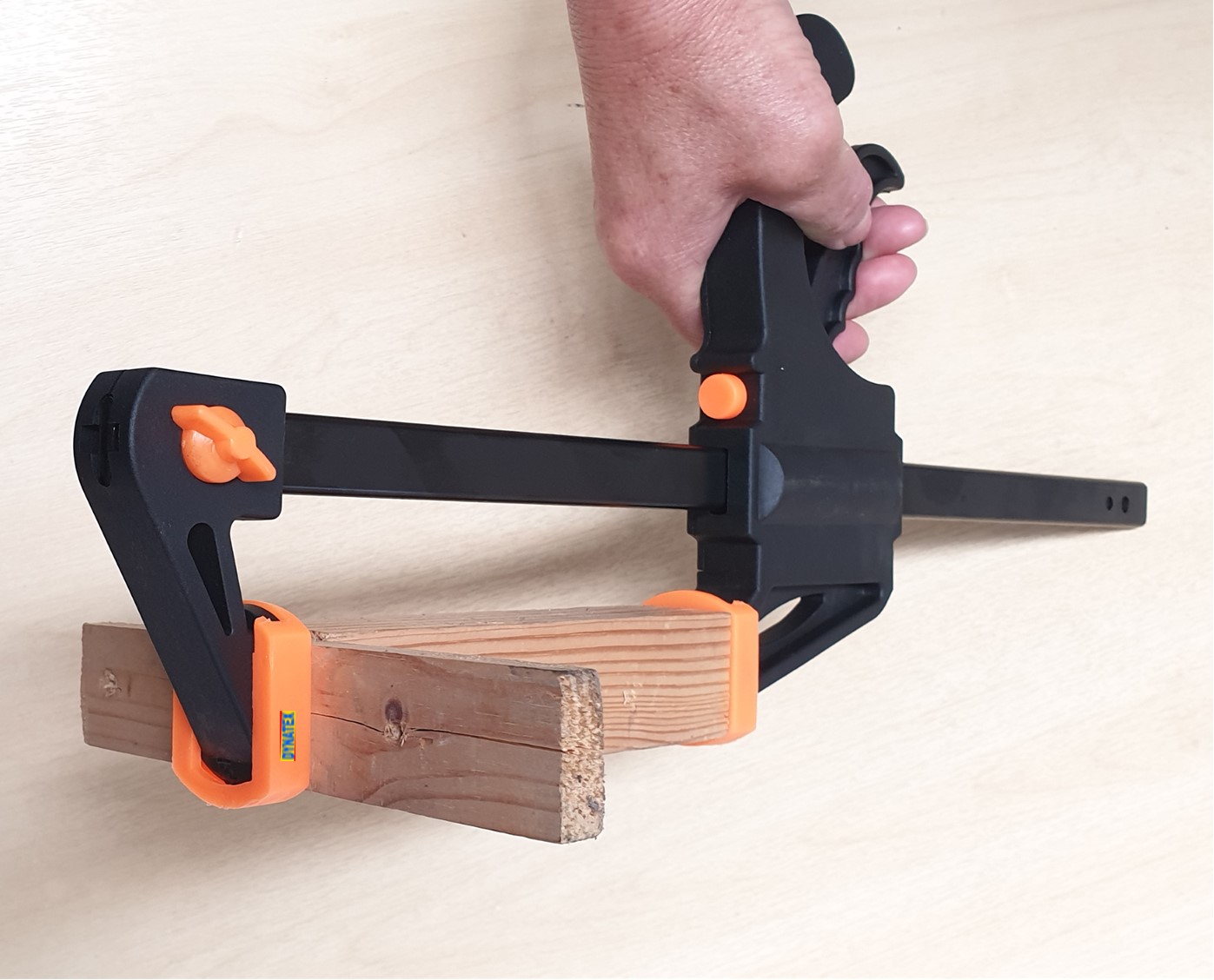

Most commonly, this arises in the transom or deck coring. But you still see it sometimes, especially when looking at much older boats. Rot In truth, rot isn't nearly as common a problem as it once was, mostly because the vast majority of builders stopped using un-treated wood as a construction material many years ago. The give-away was the fact that even when unloaded, the boat's scuppers sat at the waterline instead of above it. The owner of this used boat unsuccessfully attempted to seal these deck cracks with resin water leaked through and saturated the foam in the hull. Tap on suspected saturated areas with a mallet, and you’ll hear a different tone than you will in dry areas of the boat. If you have a moisture meter and can check cored areas of the boat, so much the better. If the answer to any is no, you need to wonder why. Is it perfectly even? Are the scuppers well above the waterline? Does it sit nearly level, with the bow slightly up? Surely the boat was designed and built such that you’d answer yes to all of these questions. If at all possible, ask the owner to remove any heavy gear onboard and observe how the boat sits in the water. One way is simply by looking closely at the way the boat floats. Saturated Foam You can’t see this problem, but you can usually detect it. Obviously, you should also run washdowns, heads, and anything else that’s powered by a pump. Access the bilge and trigger it manually, to be sure. You may be able to flip a switch and make sure it runs, but that doesn't mean the float switch works. Also, take a general survey of the state of the wiring is it straight, well-loomed, and supported? Or, are you looking at a rat’s nest of wires that will make it nearly impossible to track down problems in the future? Failing Pumps What we’re most worried about here, of course, is bilge pumps. If you see an assortment of different brand fuses, indicating that some or many have been replaced, ask why (and if the problem was fixed). When you’re looking at a used boat, turn on each and every electrical item from lights to electronics, one at a time. Electrical Systems Few jobs are tougher than replacing the wiring on a boat, which often runs under decks, through tight chases, and into closed compartments. But most importantly, if you don’t know very much about engines bring along a friend who does, or better yet, get your mechanic to go along for the ride. Show up 15 minutes early for the sea trial, so the seller doesn't warm it up ahead of time. Listen to how smooth it sounds while running. Check the plugs to make sure they aren't encased in carbon. So pull the dip-stick and check the oil to make sure it’s in good condition and isn't milky (which indicates water in the oil). Buy a boat with a bad engine, and you’re in for a serious disaster.

Engine Issues Naturally, these top the list. Hidden problems on a boat can ruin your investment - like a bad blige pump that sank this power catamaran at a dock in a marina.


 0 kommentar(er)
0 kommentar(er)
